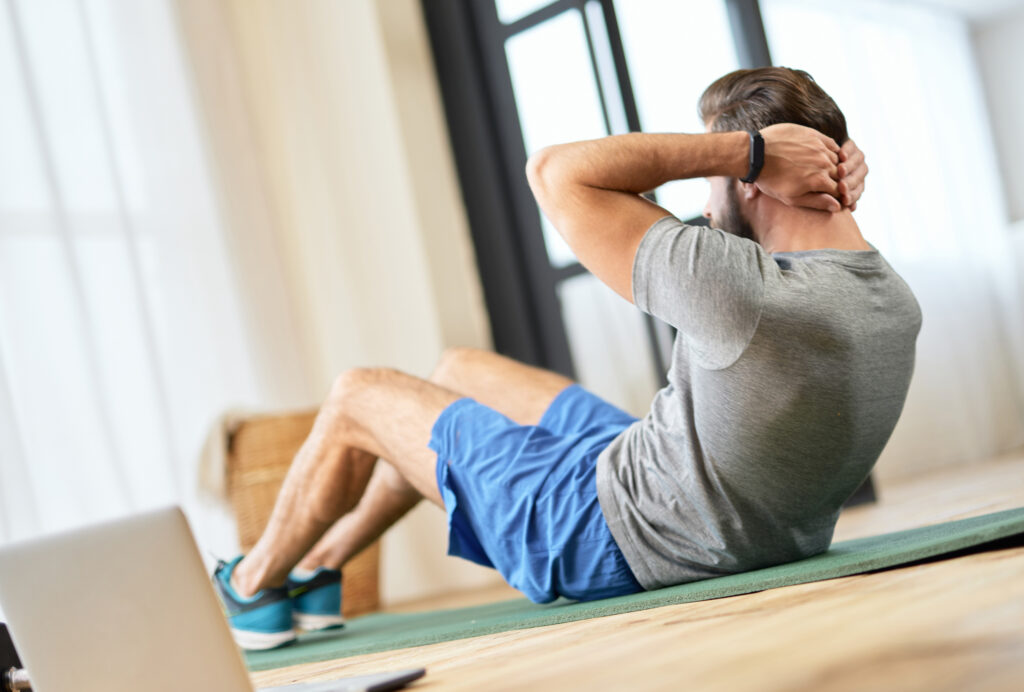Achieving visible six-pack abs is largely dependent on reducing body fat percentage. When someone refers to “six-pack abs,” they’re talking about the rectus abdominis muscle, which is a paired muscle running vertically on each side of the anterior wall of the abdomen. Everyone has this muscle, but its visibility is often obscured by a layer of fat.
At 30% body fat, it’s unlikely that the definition of the six-pack abs would be prominently visible for most individuals. This is because the fat layer covering the abdominal muscles would be too thick, thereby hiding the muscle definition underneath. For most men, the abdominal muscles start to become visible at a body fat percentage of about 10-14%. For women, due to differences in fat distribution and essential fat needs, the range tends to be slightly higher, around 16-20%.
However, it’s crucial to understand that body fat percentages can vary based on individual genetics, fat distribution, and other factors. Some people may start seeing their abs at slightly higher percentages, while others might need to get even leaner.
Furthermore, building and strengthening the core muscles through targeted exercises can also help in making them more pronounced. But even with a strong core, a higher body fat percentage will still mask those muscles.
While having a strong and functional core is always beneficial for health and athletic performance, if your goal is to have visible six-pack abs, it’s essential to focus on reducing your body fat percentage. At 30% body fat, it’s unlikely you’ll see the definition you’re aiming for, so a combination of proper nutrition, cardiovascular exercise, and strength training would be the pathway to achieve that visible six-pack.

